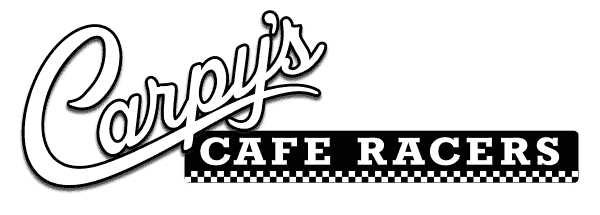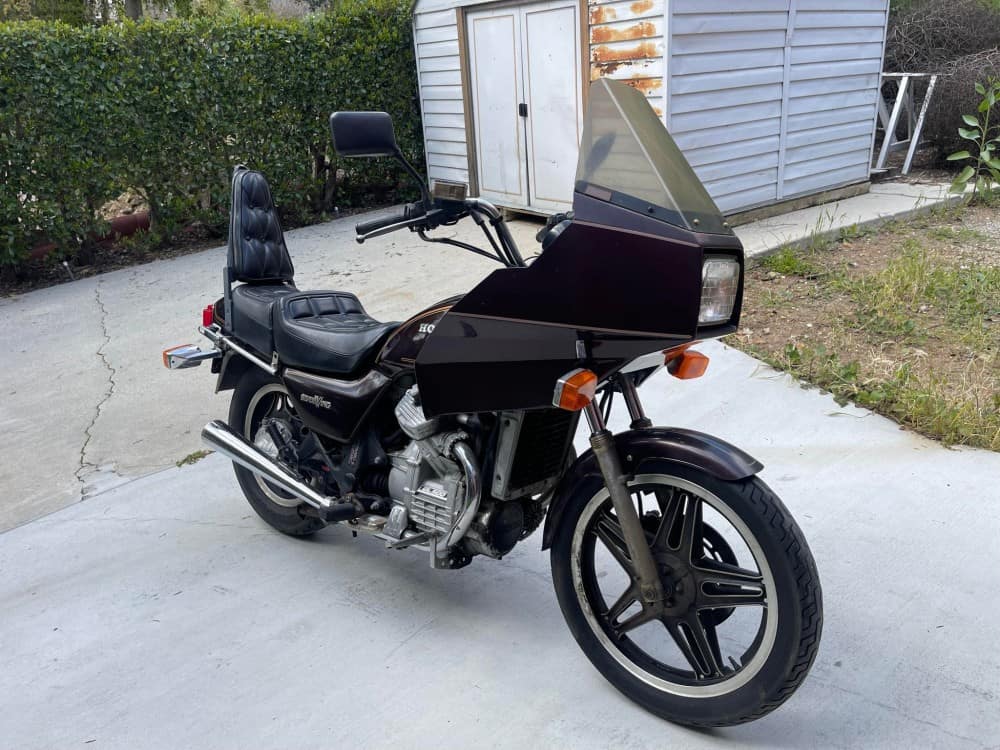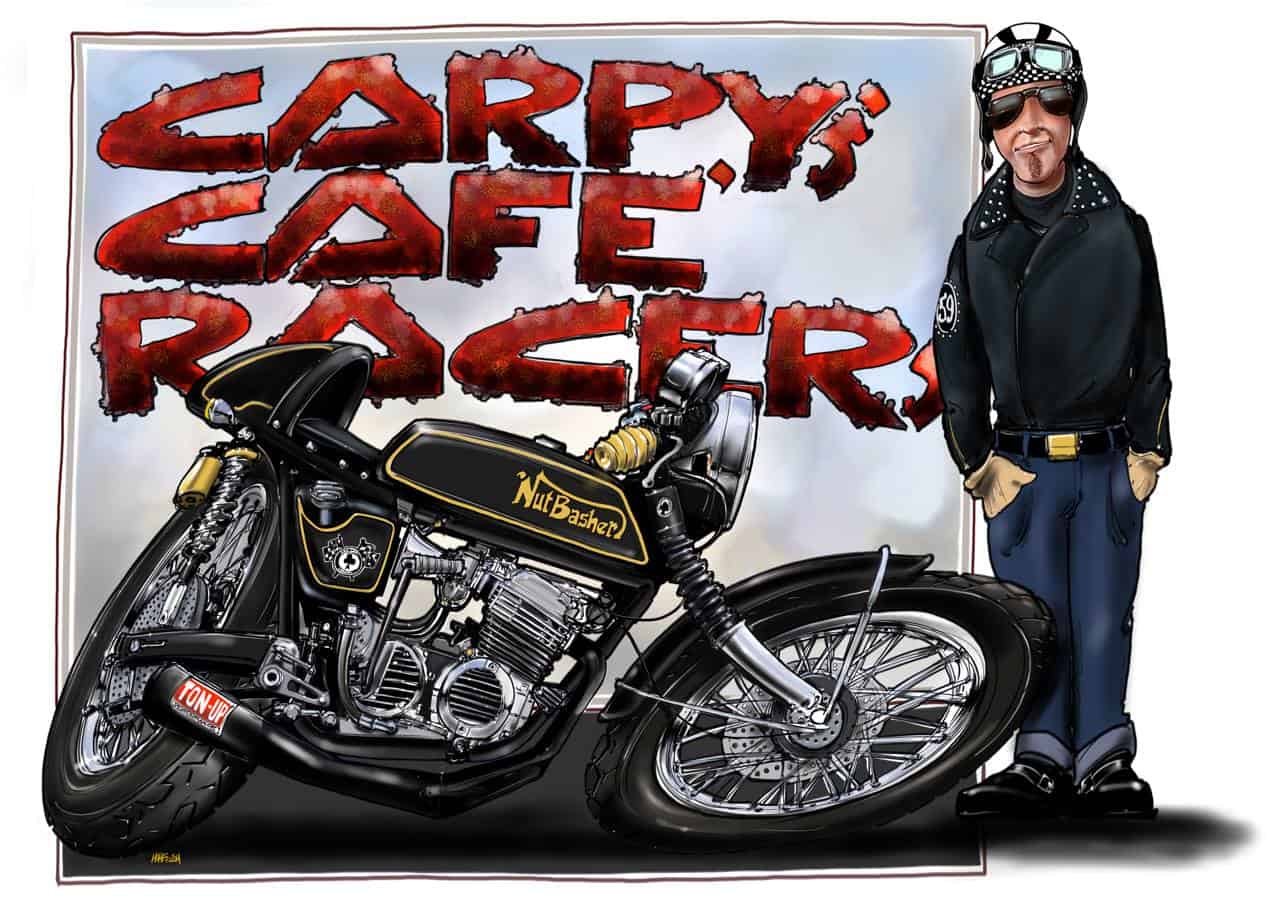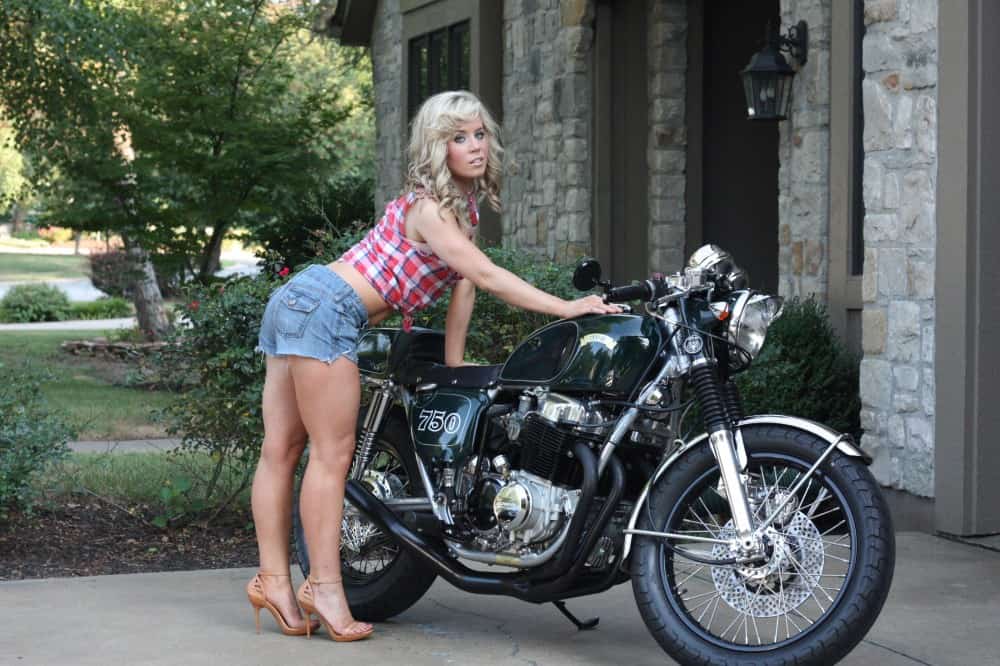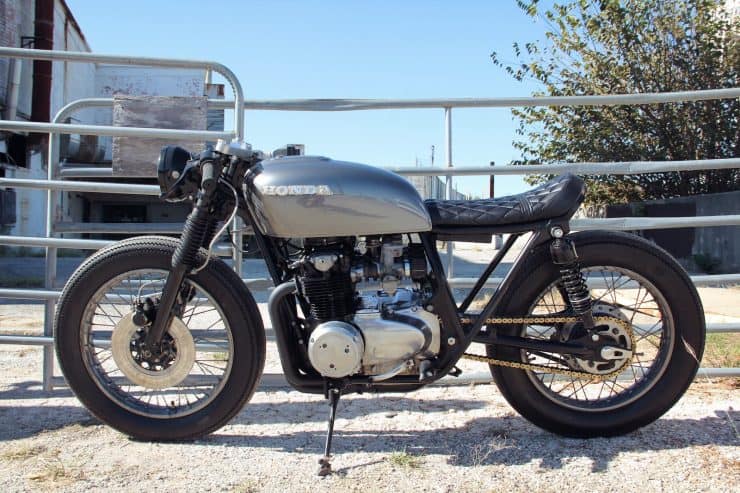Hey Guys n Gals Well, I picked up locally a 1981GL500 Silverwing the other day, Non running, purchased on a whim, not run for many years, Only just got it home last night as we had bad weather here, but it seems all there, the main reason is I think I may make some 2 […]
Tag Archives: exhaust system
I can almost hear the bells jingling of the Jolly Fat Man from Lapland as he cruises through the sky on his way to everyone’s chimney. Still time to get some great deals on exhaust systems as I Ho Ho Ho my way through this month of Motorcycle parts and apparel etc, so check the […]
My Exhausts System named the Sidewinder is a Fun and Easy to fit 4 into 1 Performance system that will fit all CB750-CB550 and CB500 Four Honda Machines. I am super proud of all my systems and this one I like because it allows for you to use your main stand if you so wish, […]
Well Howdy Everyone Hard to believe that almost 22 years ago I started making parts available for these and other machines and continue to do so today, I try and help everybody out where I can, and I really do enjoy what I do for a living. None of these parts are made in China […]
Hey you lot, wow! Is all I can say, so many exhaust orders plus tons of parts going out the door, trying to keep up all the demand for parts for you to complete your Motorcycle Projects, so you can get out on the tarmac and blow all of lifes cobwebs out of the New […]
Well, as many of you are in the exact same boat as we are, this Pandemic is a terrible thing to happen to anybody, but, we are abiding by the safe distancing and I continue to try and make parts from home and in a timely manner, but, as so many people are now stuck […]
Need a great sounding 4 into 1 exhaust system for your inline four? Something not only affordable, but made right here in California, not in some sweat shop in China. Back in 2000 I began with the first to offer 4 into 1 Performance 4 into 1 systems, nobody was offering them and I wanted […]
Often I tell people that it is so refreshing to see many Girls- Women that are taking a very Healthy interest into the Two Wheeled fraternity, I have always had an admiration for female riders, as for me personally, I would think it would be quite boring sat on the back of a Motorcycle, whilst […]
Hey there you lot Well, if you are looking at this Blog, you are probably interested or even own one of these Red Rockets? below is a Video i took on my little Camera and the sound really is quiet ccompared to real life, but- you will get the idea. Now, even though […]
MONARCH” Megaphones for the Thruxton now available and boy are they neat. As you saw from the video above, the exhaust sounds crisp, responsive and looks really Nostalgic. Available in Raw Stainless steel for that race look, or polished to a chrome like finish, these will stand out in the crowd. We […]
